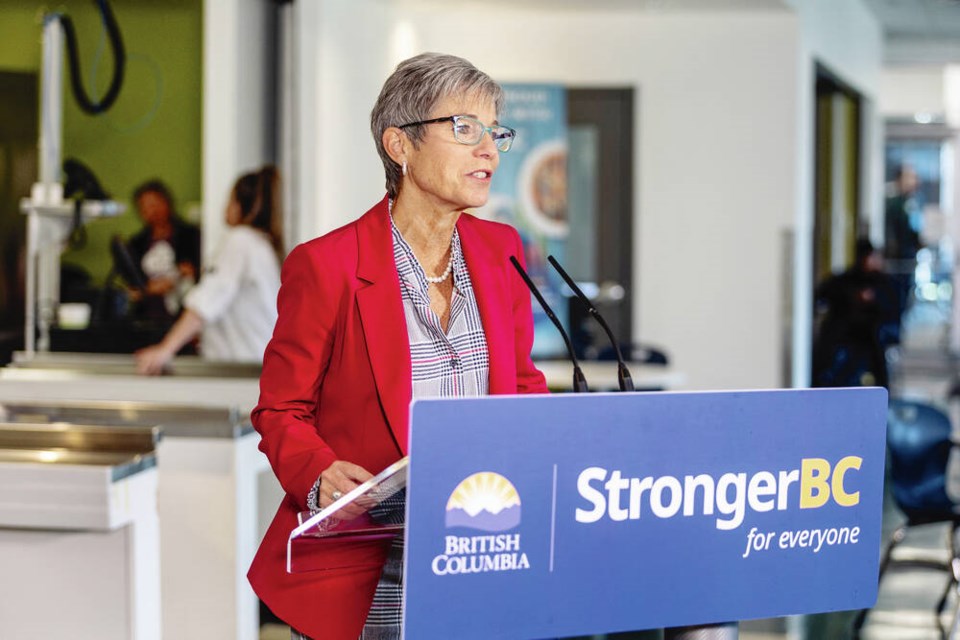B.C.’s new labour market outlook predicts more than one million jobs openings by 2032 and forecasts the Vancouver Island-Coast region will have the highest rate of employment growth in the province during that time.
The 10-year outlook released Wednesday anticipates employment will rise province-wide by 1.3 per cent annually to reach 3.1 million workers in the next decade, up from 2.7 million now.
In the Island and Coast region where 425,200 people are employed, employment growth is expected to run somewhat higher at 1.5 per cent per year.
Province-wide, health care and the tech sector will be top job generators. Retail, construction, education, and accommodation and food services are also high on the list.
Of the one-million-plus openings, an estimated 47 per cent will be young people entering the workforce, 38 per cent will be people immigrating to Canada and migrants from other provinces will account for another eight per cent.
That will leave a shortfall of 81,500 which the province aims to tackle by increasing labour force participation and innovation.
The province is counting on newcomers to Canada as it continues discussions with the federal government, which is responsible for immigration.
B.C. is “continually reminding” the federal level about what its particular labour and skill set needs are, said Selina Robinson, minister of post-secondary education and future skills.
The federal government has said it is aiming for 500,000 immigrants by 2025.
The province is taking action on a range of fronts, such as initiatives to preserve existing housing stock, beefing up training including English-language education, and moving to recognize international credentials, she said.
Despite global economic challenges, “there are significant job opportunities for people over the next decade as we keep building an economy that is inclusive, sustainable and doesn’t leave any British Columbians behind,” Robinson said.
The outlook predicts that 37 per cent of job openings will be due to economic growth while 63 per cent will represent replacement of workers leaving the job market or retiring, the outlook said.
Those with post-secondary education or training will fill close to 80 per cent of job openings in the coming decade. This would include skilled trades training at colleges and university degrees.
It is expected that 118,000 jobs will be opening in science, technology, engineering and math (STEM) with another 83,000 in trades.
High-opportunity jobs include civil engineers, information systems analysts and consultants, early childhood educators and assistants, automotive service technicians, and restaurant and food-service managers, the province said.
Andrew Mercer, minister of state for workforce development, painted an optimistic picture for job opportunities, saying “there is no shortage of good-paying careers available especially in the trades.”
Chris Atchison, B.C. Construction president, said: “We need to make sure that we assert the importance of the construction industry and all of its extended occupations within this massive sector to make sure that it doesn’t get forgotten in the rush to meet the other needs.”
British Columbians regularly hear of shortages in other sectors such as health and tech, he said. “Those shortages are no less real for the contractors and the projects on which we are being asked to deliver.”
Atchison repeated a call for the province to bring in prompt payment legislation to help support the industry.
Casey Edge, executive director of the Victoria Residential Builders Association, said it can be difficult to retain workers in the construction sector because some move to Alberta where housing costs are lower.
“You have to have infrastructure like housing to accommodate people and B.C. has the highest average housing prices in Canada.”
Universities should accept trade skills, such as carpentry, as elective credits. It might help get a student find a summer job but also open their eyes to other career opportunities, he said.
“The important thing is to expose young people to the trades.”



